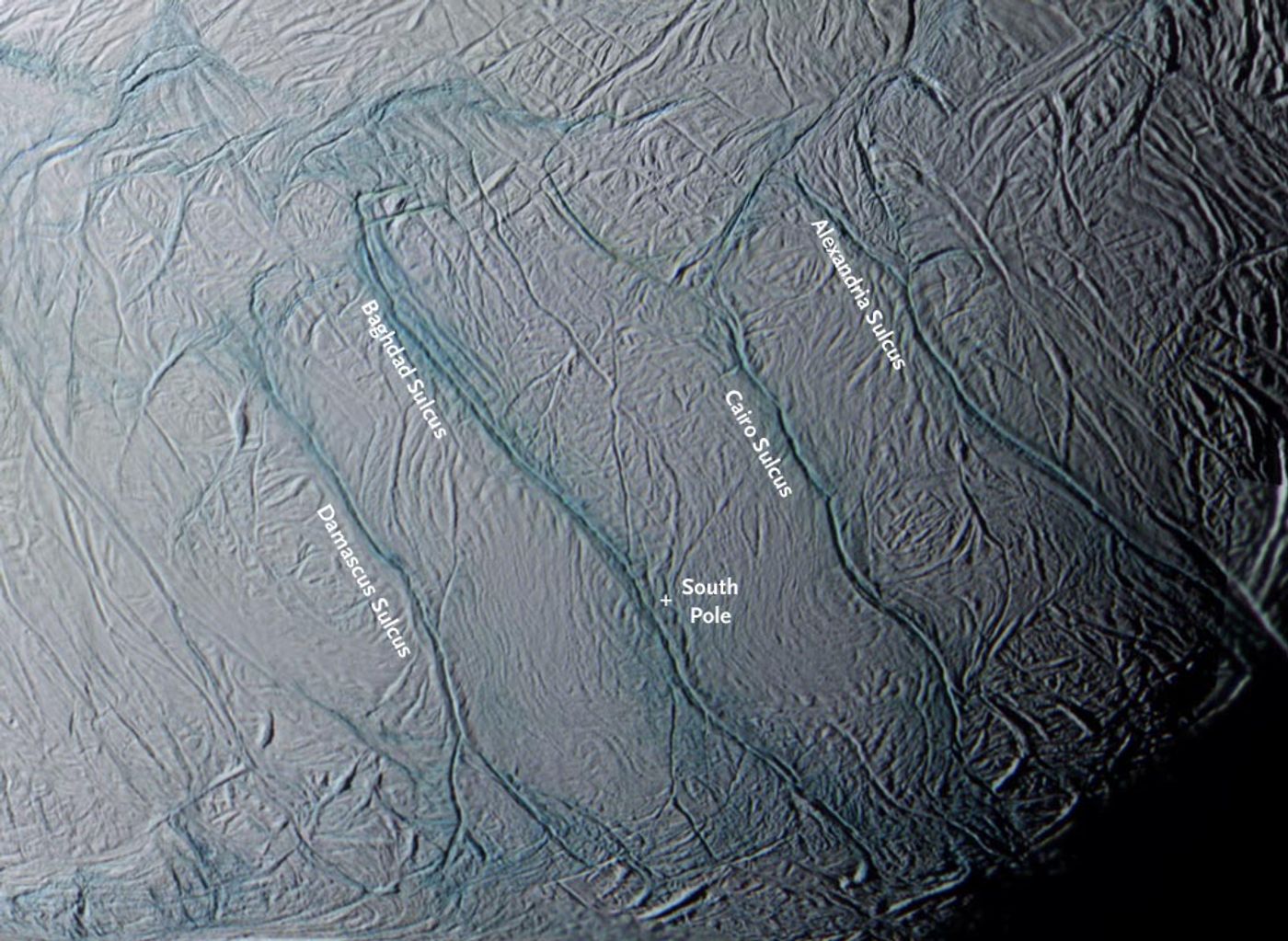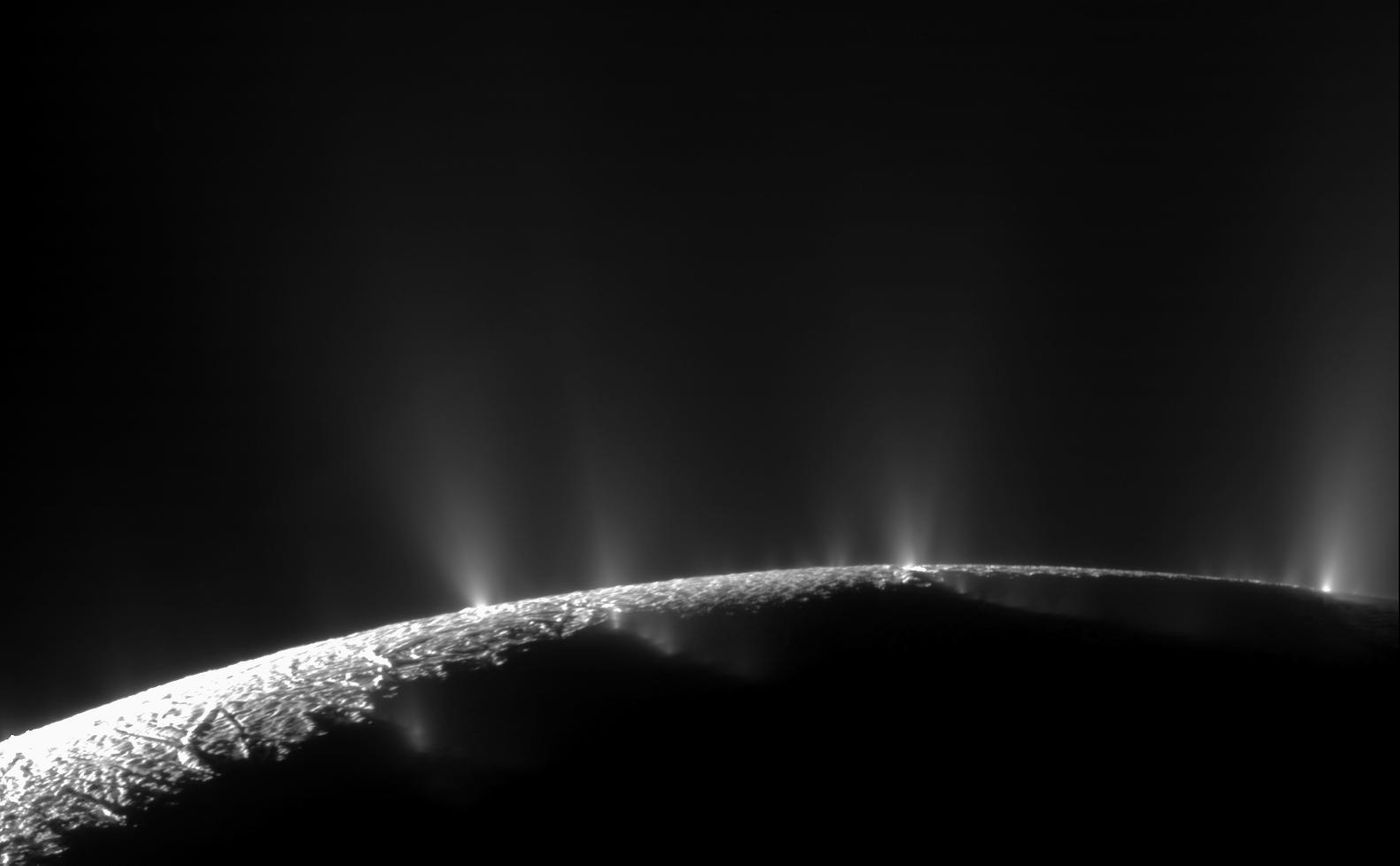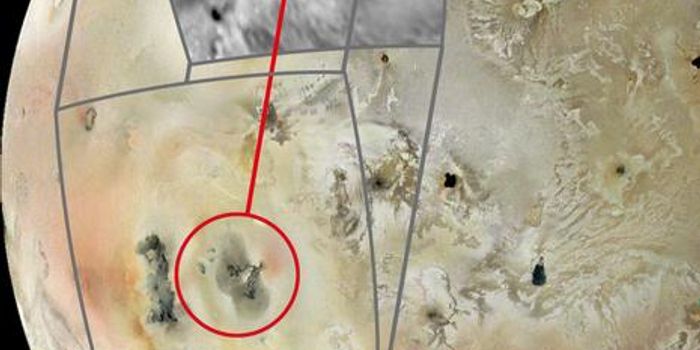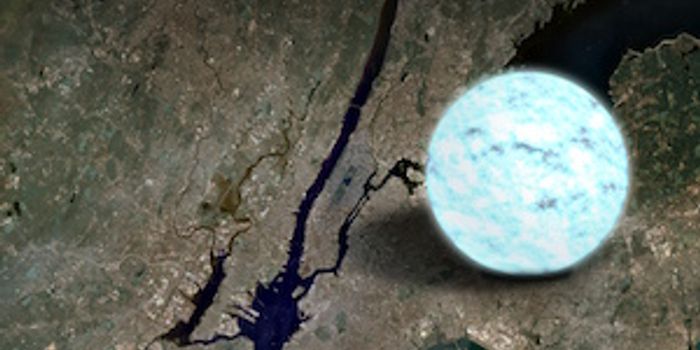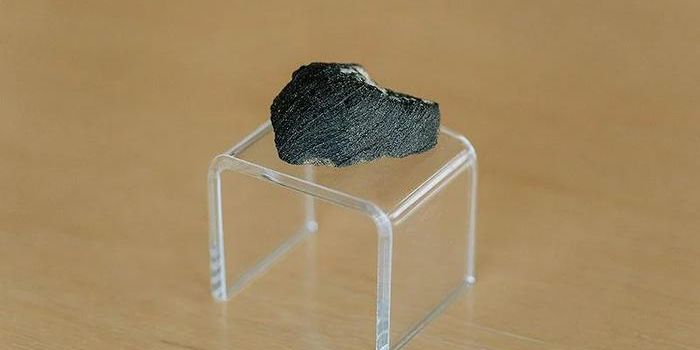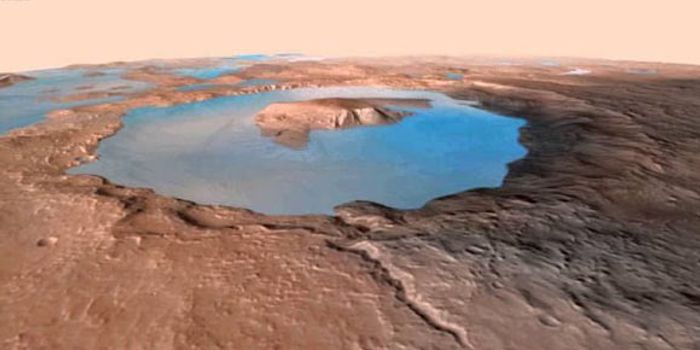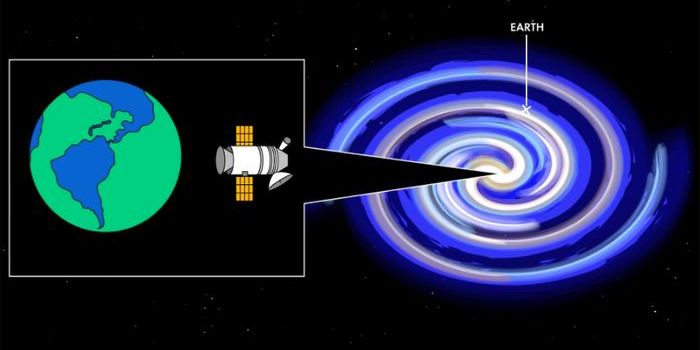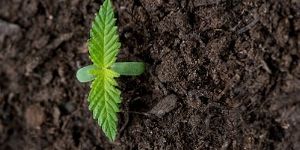Enceladus: The Geyser Moon
Enceladus, the sixth largest moon of Saturn—The Geyser Moon, with its highly reflective surface and almost crater-less terrain, this icy moon is one of the many wonders of the solar system. In fact, Enceladus is the most reflective body in the entire solar system. Enceladus was discovered by William Herschel in 1789 and is named after the giant Enceladus of Greek mythology. Little was known about this tiny moon until Voyager 1 and 2 flew by Saturn in 1980 and 1981. But it wasn’t until 2005 when NASA’s Cassini spacecraft started multiple flybys of Enceladus, revealing the world in far greater detail, to include water-rich plumes venting from the south pole region. This indicated that Enceladus has an interior ocean much just Jupiter’s Europa, and possibly life.
Enceladus measures only about 310 miles (500 km) in diameter and orbits Saturn in a nearly circular path at a mean distance of 147,899 miles (238,020 km). Enceladus orbits Saturn in what is known as a prograde motion, meaning it spins in the same direction as its orbit, which is the same motion as the Earth. The average density of Enceladus is only 60 percent greater than water, indicating that its interior contains substantial amounts of non-ice material. While its highly reflective surface is largely smooth it does include cratered and grooved plains.
The most striking feature on Enceladus are four, long, parallel scratches, dubbed tiger stripes, which are responsible for the icy moon’s water-rich plumes. What’s puzzling about these stripes is that they only exist at the south pole but not at the north, an area on Enceladus that appears unblemished. Scientists believe this odd feature is due to the tidal stresses that Enceladus experiences not only from Saturn, but from its many moons, as well.
As stated, these tiger stripes are responsible for Enceladus’ water-rich plumes, which Cassini’s mass spectrometer found to contain a variety of organic molecules, also known as the building blocks of life, during flybys between 2008 and 2015. The discovery of complex organic molecules continues to bolster the hypothesis that Enceladus may be habitable for life.
While there are several mission concepts currently under study to return to Enceladus, there are currently no planned missions in the works. What secrets does Enceladus hide underneath its icy shell? Is it teaming with life as we know, or something far more different? Only time will tell, and this is why we science!
As always, keep doing science & keep looking up!
Sources: NASA Solar System Exploration (1), NASA Solar System Exploration (2), Britannica, NASA, American Geophysical Union, The Planetary Society

